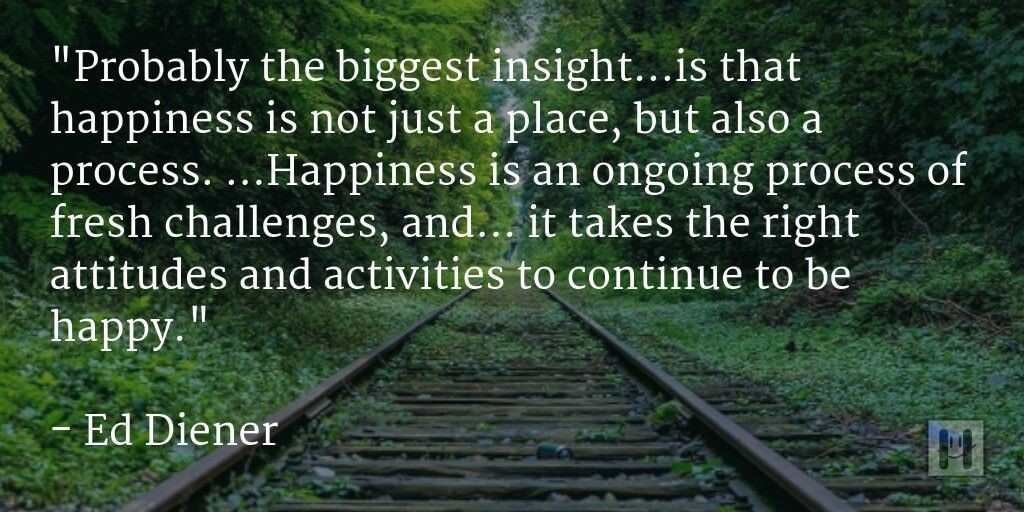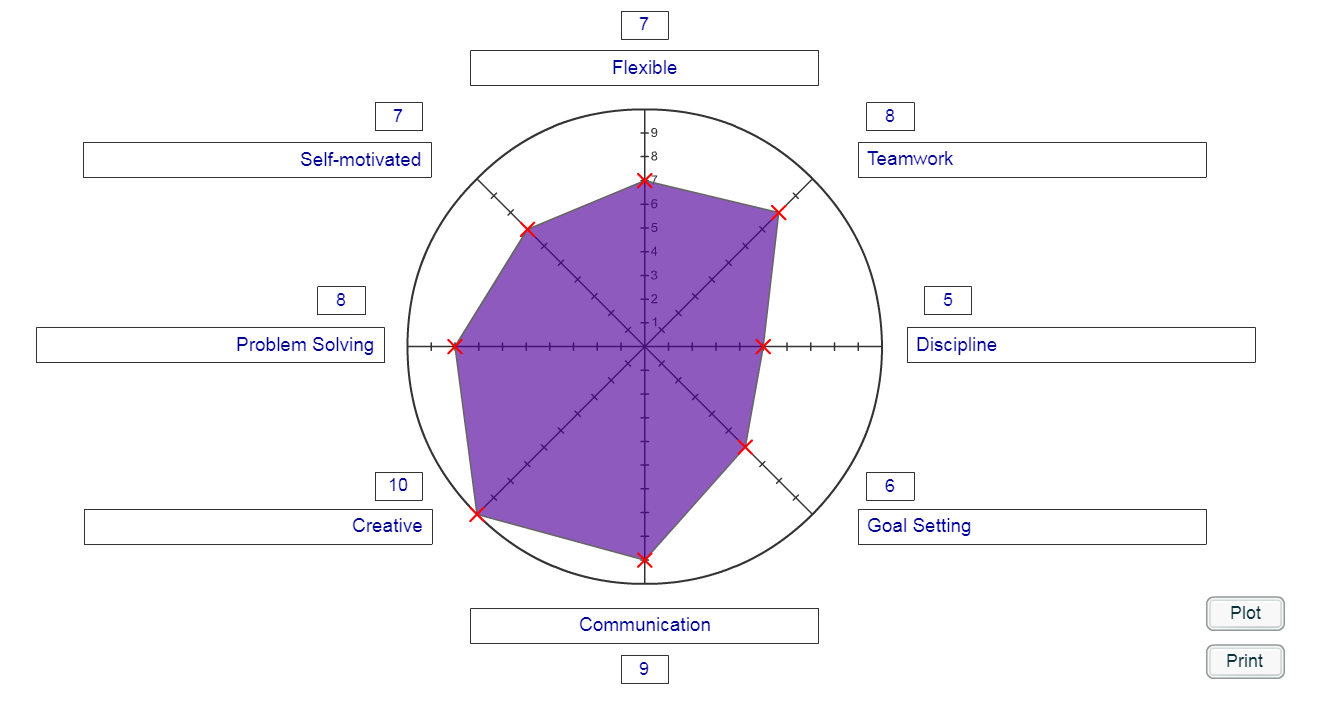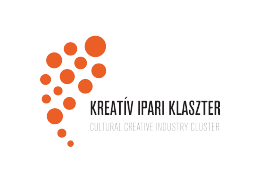
Introductory Video – The Secret of Authentic Happiness –
Positive Psychology is often referred to as ‘the science of happiness’ (I. Boniwell, ‘Positive Psychology in a Nutshell: The Science of Happiness’, Open University Press 2012 (3rd edition). It focusses on peoples’ strengths instead of their weaknesses (which is more traditional) and teaches us that building on our strengths can help “pull us along” in weaker areas. Believing in and concentrating on what makes you happy means that you will have to believe in and concentrate on your strengths. If you have chosen a career in the arts it is most likely that you have already been doing this, but that does not mean you can never have doubts about your professional and/or personal development.
The following exercises, that have been developed by scientists in the field, will help you reflect on your strengths and decipher what your true motivators are in life. Focusing on using these and developing them even further will help you see things more positively and achieve more!
Exercise No. 1 – Self Compassion Letter & Your Daily Holiday
Exercise No. 2 – Wheel of Strengths
STEP 1 - COMPLETE THE WHEEL
Draw a circle, divided into 8 areas, or use the following the online tool.
Choose 8 strengths you would like to focus on.
Examples of strengths: well-organised, flexible, disciplined, able to prioritise and set goals, able to motivate yourself, good networker, focused, good communication skills, creative thinking, perseverance, problem solving, etc.
Score your satisfaction levels against each of the different categories you have on your Wheel in scale from 1 to 10, where 1 is very unsatisfied, 10 – very satisfied.
STEP 2 - REFLECT
You should now have a completed ‘Strengths Wheel’. It may look something like this:
If you have scores of 8 to 10 for any of the categories, congratulations! You are very satisfied in this particular area. It’s important you maintain what you are doing to ensure you remain satisfied in this area, however don’t overlook that there may be areas for improvement. This is important to ensure you are not limiting your potential for even further growth and satisfaction in this area.
If you have scores of 5 to 7 for any of the categories, you are reasonably satisfied in this particular area but there is definitely opportunity to explore ideas to move this up the scale.
If you have scores of 0 to 4 for any of the categories, you are not very satisfied in this particular area and you will need to explore ways of enhancing your satisfaction here. No need to get down on yourself though, as scores of 0 to 4 are full of opportunity! It’s the area where the individual can grow the most and get the most value.
The key is to find balance and that is the purpose of the Wheel. To do this, you want to grow your Wheel, not trade off some strengths for growth in other areas. It’s about moving forward, challenging yourself and pushing your boundaries to expand your Wheel and make it bigger while maintaining a balance.
STEP 3 - START THE GOAL SETTING
You now have a visual snapshot of how satisfied you are in different areas of your life and have identified where you are now and where you would like to be. With this, you can start setting your goals. How? You can read all about in the next chapter!
For more exercises and information about Positive Psychology, we would like to refer you to https://positivepsychologyprogram.com/.
Interesting videos on the topic
Warning: Being positive is not for the faint hearted! | Lea Waters | TEDxMelbourne
What is Positive Psychology? From disease to prevention
[Add Annex Positive-Psychology-Practitioners-Tools]













